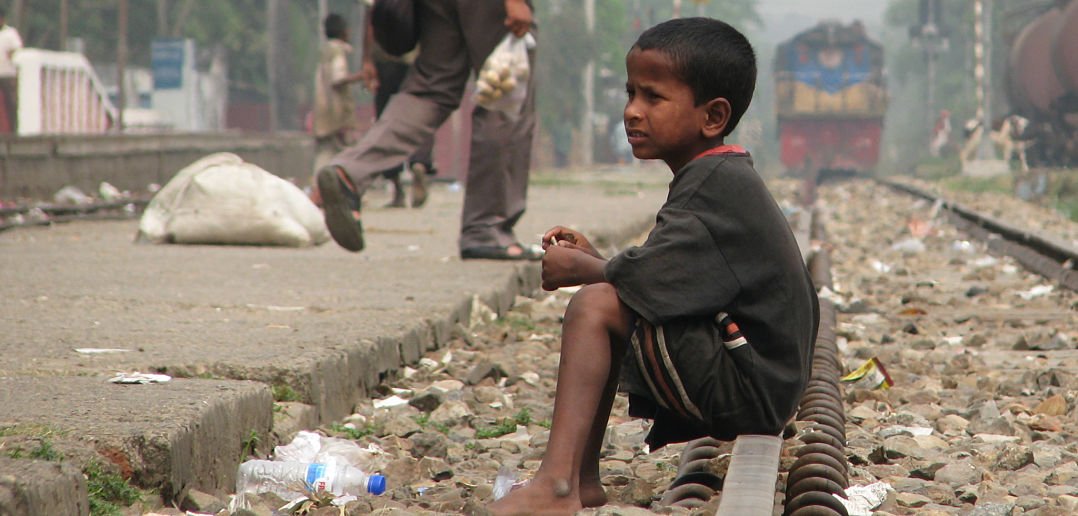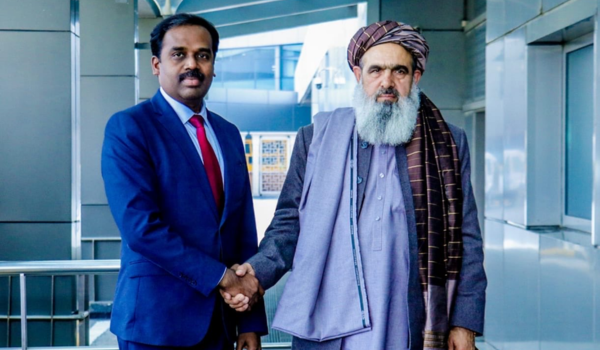Chickenpox (varicella) continues to be a health threat in rural areas of India, though the risk has decreased somewhat due to increased vaccination efforts and public health campaigns in urban areas. However, there are still several challenges in rural India that contribute to the persistence of chickenpox as a health issue.
1. Limited Access to Healthcare and Vaccination
One of the primary reasons chickenpox remains a threat in rural India is the limited access to healthcare services. While urban areas have greater access to vaccines and medical care, rural regions often face challenges such as insufficient healthcare infrastructure, lack of awareness, and financial constraints. These factors can result in lower vaccination rates, leaving large segments of the population vulnerable to chickenpox outbreaks.
The chickenpox vaccine is part of the Universal Immunization Program (UIP) in India, but its coverage in rural areas can still be inconsistent, particularly in remote regions where healthcare facilities are limited. Without proper vaccination, children and adults remain at risk of contracting chickenpox.
2. Lack of Awareness and Misconceptions
In rural areas, there is sometimes a lack of awareness regarding the availability and benefits of the chickenpox vaccine. Traditional beliefs and misconceptions about vaccines can further hinder the acceptance of immunization programs. Some families may not understand the importance of preventing chickenpox, which is why they may not seek out the vaccine for their children.
Additionally, in rural communities, chickenpox may be viewed as a mild disease that doesn’t require medical attention, leading to delayed diagnoses and insufficient care. As a result, outbreaks can spread more quickly, particularly in densely populated rural areas where people live in close quarters.
3. High Population Density and Poor Sanitation
Rural communities often experience overcrowded living conditions and inadequate sanitation, which can increase the risk of spreading contagious diseases like chickenpox. The virus spreads through respiratory droplets, and close living conditions in rural households can lead to rapid transmission. Poor hygiene and lack of proper healthcare facilities to treat infected individuals also make it difficult to control outbreaks once they occur.
4. Limited Resources for Treatment
In rural India, access to medical treatment and antiviral medications may be limited. While chickenpox is typically mild in children, it can lead to serious complications, especially in immunocompromised individuals, pregnant women, and adults. In cases of complications such as pneumonia, encephalitis, or secondary bacterial infections, the lack of healthcare infrastructure can exacerbate the severity of the illness.
In rural areas, healthcare workers may not be equipped with the necessary training or resources to identify and manage complications, which can lead to avoidable deaths or long-term health issues. In some cases, individuals may rely on traditional medicine or home remedies, which may not be effective in managing the illness.
5. The Impact of Outbreaks on Vulnerable Populations
While chickenpox is generally considered a mild disease in healthy children, it can have more severe consequences for certain populations. In rural areas, where healthcare may be far away, children, pregnant women, and those with weakened immune systems may face higher risks of severe outcomes. The absence of timely medical intervention can worsen the situation, especially if the infection leads to complications such as bacterial skin infections or pneumonia.
Furthermore, chickenpox outbreaks can strain limited healthcare resources, as healthcare workers may need to manage multiple cases simultaneously. This could result in inadequate care for both chickenpox patients and those with other health issues, contributing to poor health outcomes.
Efforts to Combat Chickenpox in Rural India
In response to the ongoing threat of chickenpox in rural areas, the Indian government and non-governmental organizations have implemented several initiatives to improve immunization rates and access to healthcare. The introduction of the chickenpox vaccine into the national immunization schedule has been a significant step forward in preventing the spread of the disease. However, more work needs to be done to ensure that the vaccine reaches remote and underserved areas.
Community health education programs are essential in raising awareness about the importance of vaccination, early detection, and appropriate treatment of chickenpox. Additionally, improving healthcare infrastructure, increasing the availability of vaccines, and training healthcare workers to recognize and manage cases of chickenpox can help reduce the burden of the disease in rural India.
While the overall threat of chickenpox may have reduced in urban areas due to better vaccination coverage and healthcare infrastructure, rural India continues to face challenges in controlling the spread of the disease. Limited access to healthcare, poor vaccination rates, and overcrowded living conditions contribute to the persistence of chickenpox as a public health issue in rural regions. With continued efforts to improve immunization rates, raise awareness, and enhance healthcare access, it is possible to reduce the incidence of chickenpox and protect vulnerable populations in rural India.




